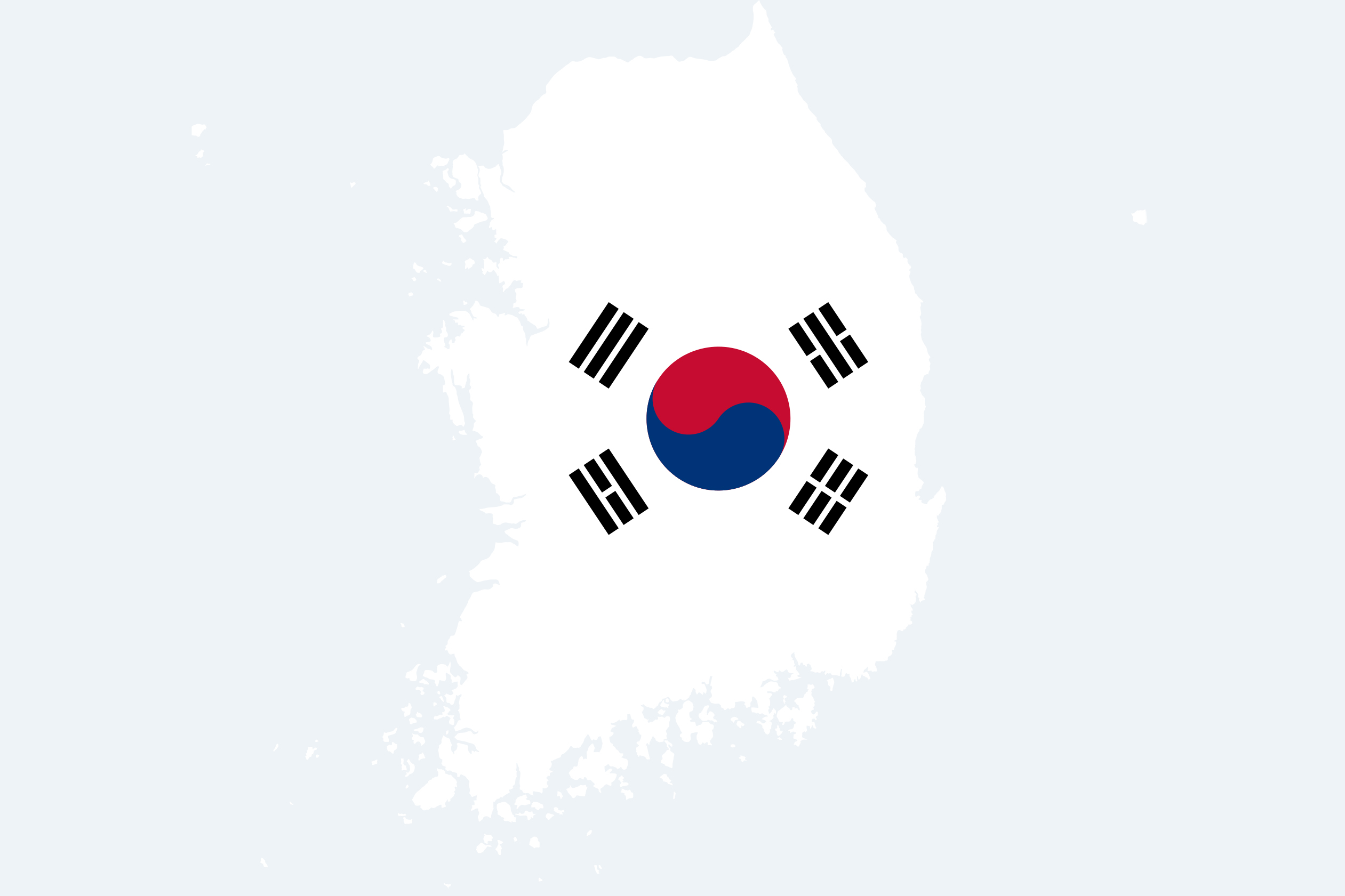With a capacity of 9,100 CEU, the “Höegh Aurora”, christened in China, is the largest car carrier (PCTC) in the world.
At the same time, the ship is also said to be the most environmentally friendly in its class, as Höegh Autoliners announced. The ship was built at the China Merchants Heavy Industry shipyard in Jiangsu, where the christening ceremony also took place. The Norwegian shipping company has commissioned a total of 12 ships with alternative propulsion technology in order to accelerate decarbonisation. The class, which was developed and built within four years, will be able to run on ammonia and methanol.
Höegh invests in environmentally friendly fleet
The “Höegh Aurora” is 200 meters long and has a carrying capacity of 25,200 dwt. The 9,100 spaces for vehicles are spread over 14 reinforced decks, which are connected by an improved internal ramp system. Five of them are height-adjustable. The transporter can also be fully loaded with electric vehicles, Höegh announced on Linkedin. In addition to the twelve ships already ordered (four of them with EU funding), the Norwegian shipping company has the option to order four more.
Three ships of the new class have already been launched in Jiangsu. The first is to be put into service immediately. According to the plan, two more transporters will be launched every six months until 2027.
“With the Aurora class, we are doing pioneering work in the fight against pollution in a segment that is difficult to control,” said Höegh CEO Andreas Enger. “We are setting new standards for sustainable ocean transportation and taking a significant step towards our net-zero emissions target for 2040.”
CO2 emissions to be reduced significantly
The first Aurora-class ships will be powered by LNG, biofuel and low-sulphur oil. They will be equipped with 2-stroke main engines from MAN, which will enable them to switch to new fuel options. They will also be equipped to use shore power and 1,500 m2 of solar cells on the upper deck, which will reduce the generators’ power requirements by 30 to 35%.
The aim is to convert the ships to ammonia by 2027. The company reports that it will be able to reduce CO2 emissions per vehicle transported by up to 58% compared to the current industry average.
The company has committed to running at least 5% of its ocean transportation on green ammonia by 2030. The goal is to use at least 100,000 tons of green ammonia in its fleet by the same year.















